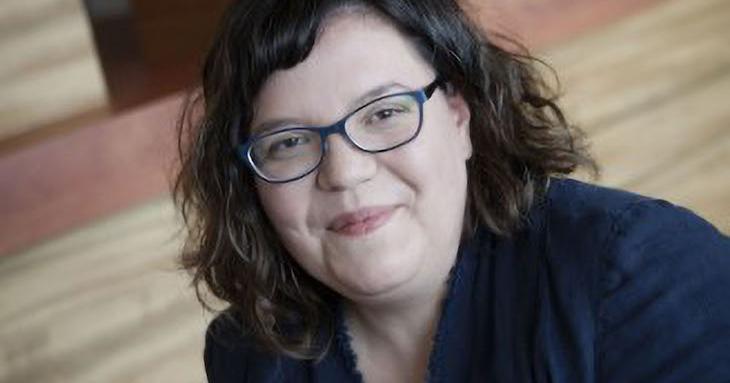-
How to Benefit from Feedback, Constructive and Otherwise
We’ve all heard it: workplace feedback, constructive or otherwise. Sometimes we’re expecting it, and sometimes we’re not. Whatever the circumstances, receiving criticism — or praise, for that matter — is a significant skill that can almost always be improved by applying some thought and practice. With companies and organizations spending millions every year on employee engagement programs — and workplace engagement levels at a record high in the United States — feedback conversations are in your work life to stay.
-
Intel and AISES: A History of Engagement
Intel’s engagement with Native American communities spans more than two decades, dating back to the early 1990s when Craig Barrett, Intel’s former CEO, commissioned Marilou Schultz, a Navajo weaver and math teacher, to weave an image of the Pentium microprocessor into a rug. During Barrett’s keynote speech at the 1994 AISES National Conference in Santa Clara, Calif., he presented the weaving as a gift to AISES to commemorate Intel’s relationship with and support of AISES. The rug is still on display at the AISES national headquarters in New Mexico.
-
GEM Fellowship Program
A Q&A with Dr. Michael “Mike” Smith
What is the National Gem Consortium and how does it benefit students?
-
Ask for Help: It Could Lead You to Your Dream Job
Charles Mokhtarzadeh, PhD, Synthetic Chemist, Components Research, Intel Corp.
Tribal affiliation: Picayune Rancheria of the Chukchansi IndiansAs I have progressed through my life, asking for help has only become more critical to my success. Be it under professional or personal circumstances, I’ve learned that seeking guidance is a skill to be honed as opposed to a crutch to stumble over. It is not always easy to ask for help but in asking problems are solved, challenges are championed, and relationships are built. It is a powerful skill set to seek and cultivate.
-
Intel Foundation Supports the AISES T3 Fund
As part of Intel’s commitment to provide contributions in support of coronavirus relief efforts in communities, the Intel Foundation contributed $50,000 to the AISES T3 (Together Towards Tomorrow) Fund, which provides scholarships to Indigenous undergraduate and graduate students enrolled in an accredited U.S. college or university who have been affected by the COVID-19 pandemic.
-
-
Finding Money for Grad School
If you’re a college graduate — or soon will be — there are reasons to consider earning an advanced degree. While it’s not the path for everyone, for career-minded students who are deciding to enter postgraduate programs, certain facts are persuasive. Indeed, the number of graduate students in the United States has tripled since the 1970s. According to a CareerBuilder survey of employers, 33 percent are hiring candidates with master’s degrees for positions that had been primarily held by professionals with four-year degrees.
-
Denise LeBeau Bois / Cheyenne River Lakota (Sioux) / Microsoft / Senior Sales Excellence and Strategy Manager
Growing up, Denise LeBeau Bois felt it best to downplay her Native heritage because of reactions she received early in her school life. She also felt judged for being from a divorced family, her mom of Western European ancestry and her father, Cheyenne River Lakota (Sioux). As a result, she had the sense that most people outside her family did not expect her to amount to much.
-
COVID-19 and Indian Country
In late 2019, when Mechem Frashier, Diné, heard about a virulent coronavirus spreading in the city of Wuhan, China, she paid attention. She knew from her decades-long career as a nurse that viruses like this don’t respect borders and that soon it could be in the United States. She was right.
-
Top Jobs in Cybersecurity
It’s a sad reality. Hackers around the globe continuously threaten the computer networks and personal information that individuals, companies, and governments rely on not only to do business but also to deliver everything from health care to the basic water and energy services a functioning society depends on.















